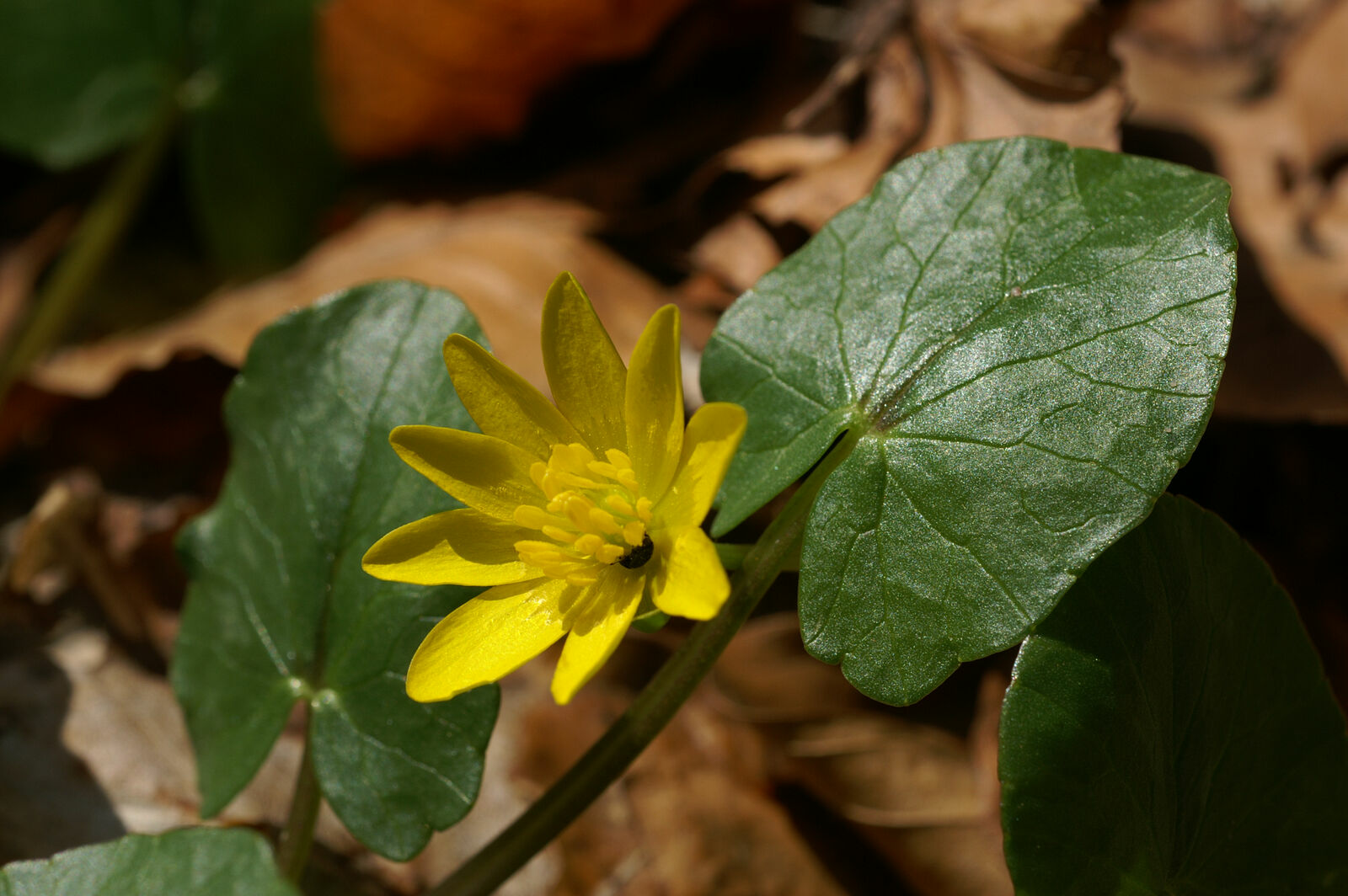
Identifying, Collecting and Using Lesser Celandine
Lesser celandine is a valuable medicinal plant that has unfortunately fallen into oblivion. Here you can find out all about the effect and use of lesser celandine as a medicinal herb. We also show you how to recognize and collect lesser celandine.
This Article Contains:
- Lesser Celandine (Ficaria Verna): Botany & Origin
- Lesser Celandine: Edible or Poisonous?
- When Can I Collect Lesser Celandine?
- What Does Lesser Celandine Look Like?
- Identify Lesser Celandine: Recognize Flowers and Leaves
- Collecting Lesser Celandine: Danger of Confusion
- Lesser Celandine Control: Friend or Foe in the Garden?
- Lesser Celandine as a Medicinal Plant: Use & Effect
- Frequently Asked Questions About Lesser Celandine
Quick Overview
Lesser Celandine (Ficaria Verna): A Fact Sheet
- Plant family: Ranunculaceae (buttercup family)
- Genus: Lesser celandine (Ficaria)
- Origin: Central and Northern Europe
- Growth: Ground creeper with growth heights of up to 30 cm/11.8 in, semi-rosette-like growth
- Habitat: moist, shady forests and meadows
- Flowering time: March to May (typical early bloomer!)
- Harvest time: February to April (leaves only!), do not collect after flowering
What to do about lesser celandine in the garden?
- As an early bloomer, lesser celandine retreats by June at the latest to make way for other plants. As it is an important source of food for bees and other pollinators, it is worth leaving the lesser celandine standing.
Lesser Celandine (Ficaria Verna): Botany & Origin
Lesser celandine (Ficaria verna, obsolete syn. Ranunculus ficaria L.) - also known as figwort - is an early-flowering wild herb. It is part of the buttercup family (Ranunculaceae) and belongs to the genus Ficaria. It is native to Central and Northern Europe, although it is also spreading to other areas such as Iceland, North America and North Africa. The herb is considered invasive as it can adapt quite easily to different climatic zones. This herb is often found in shady forests as it loves moist locations. It therefore thrives particularly well near bodies of water.
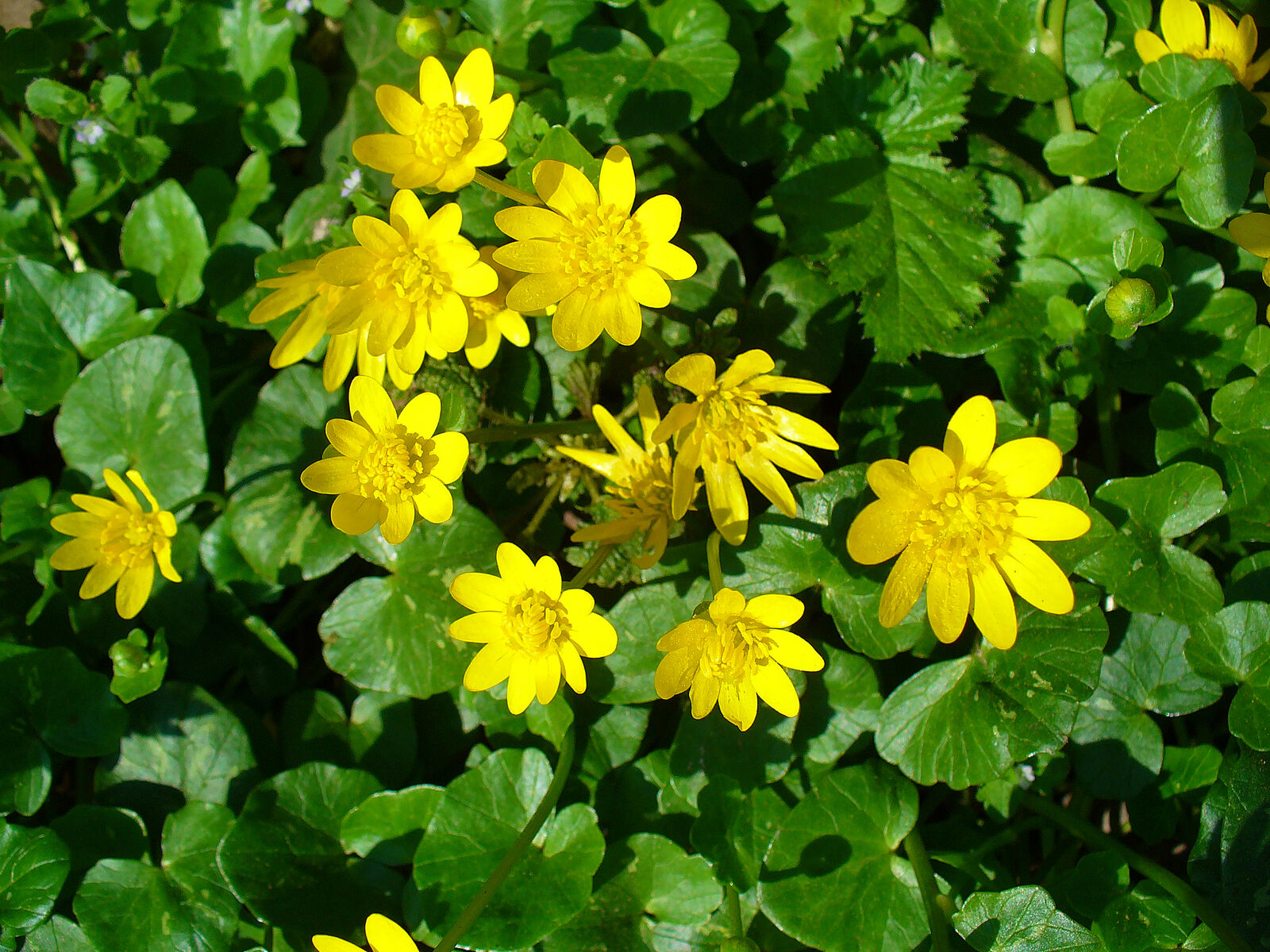
Lesser Celandine: Edible or Poisonous?
Lesser celandine (Ficaria verna) is an early-flowering plant that can be collected as one of the first wild plants in spring. However, it is important to know that all parts of lesser celandine are slightly poisonous. It contains the toxic substance protoanemonin, which is found particularly in the rhizome and bulbils. Protoanemonin irritates the mucous membranes and can lead to nausea, vomiting and diarrhea.
When Can I Collect Lesser Celandine?
However, you can safely harvest the young leaves of the plant until it flowers. Lesser celandine sprouts in late winter and can then be harvested until it flowers. You can harvest fresh leaves between February and April. From May, the plant usually starts to flower yellow and produces more protoanemonin. The plant is then no longer suitable for consumption!
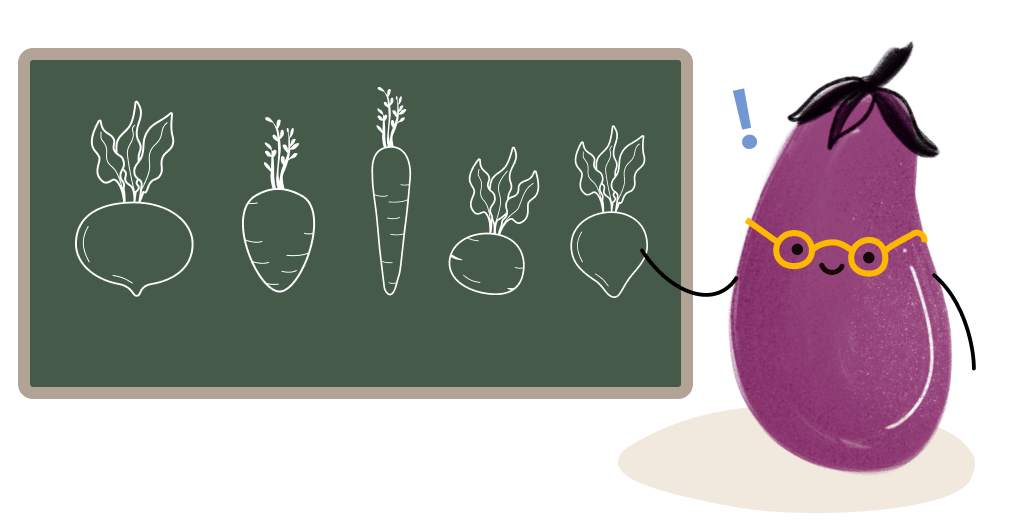
Excursus on protoanemonin
Protoanemonin in the Body

Excursus on protoanemonin
You can rest assured that protoanemonin is not harmful to the body in small amounts. However, it is important to know that higher amounts can lead to nausea and vomiting. It is also interesting to note that the substance is only found in fresh plant parts. When dried, protoanemonin converts into anemonin, a substance that is not toxic.
What Does Lesser Celandine Look Like?
Lesser celandine is a perennial and grows in semi-rosettes that cover the ground. The ground creeper grows to a height of up to 30 cm/11.8 in, so it remains relatively small. Typical of buttercups, lesser celandine develops small, club-like root tubers (bulbils) in the soil for vegetative propagation and as a storage organ for starch. As an early bloomer, the flowers appear from March to May. This yellow spring-flowering plant stands out in particular due to its bright yellow, single flowers.
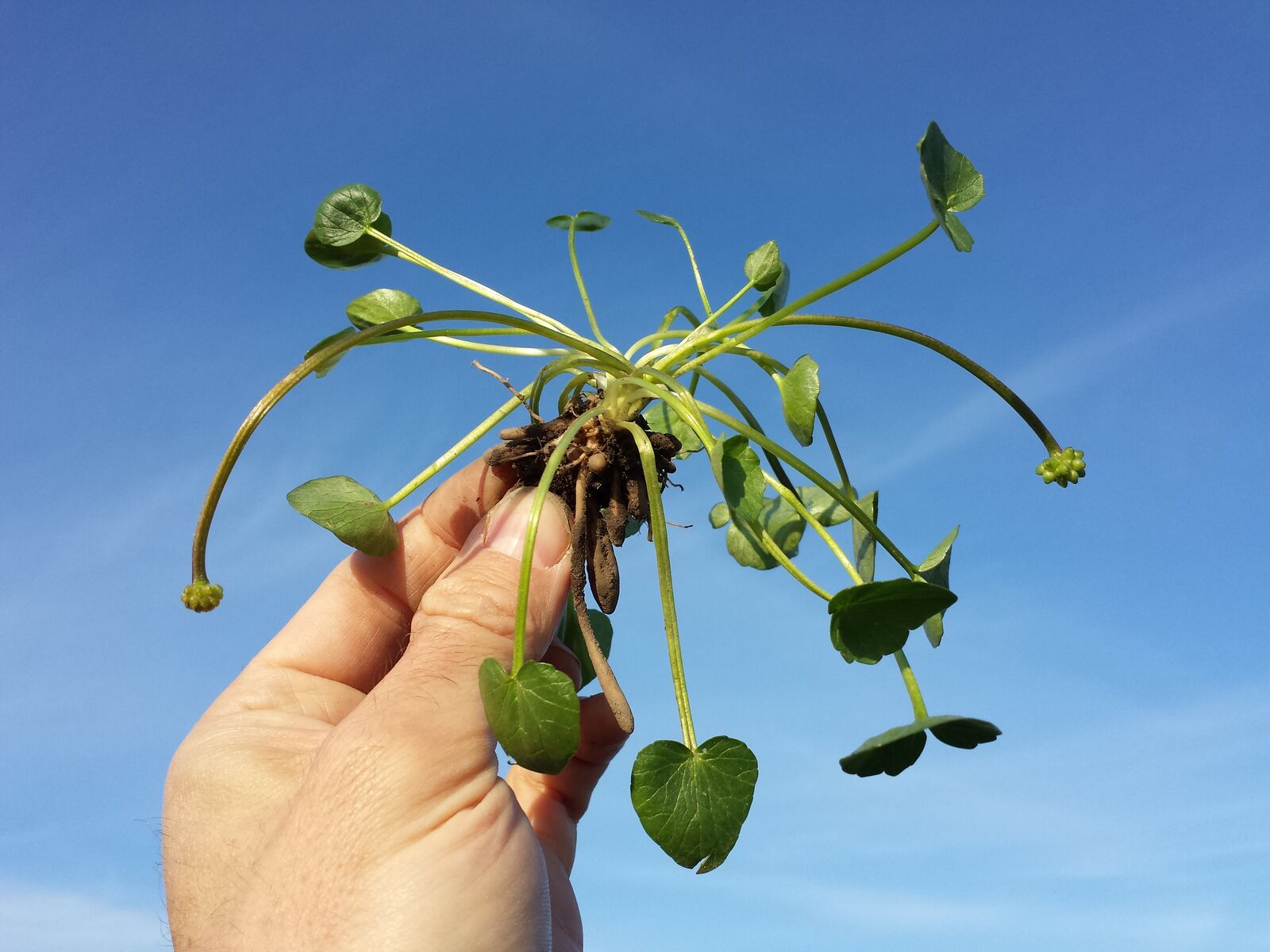
Identify Lesser Celandine: Recognize Flowers and Leaves
If you want to collect lesser celandine, you should know its characteristics. Be reassured, however, because this herb is easy to recognize.
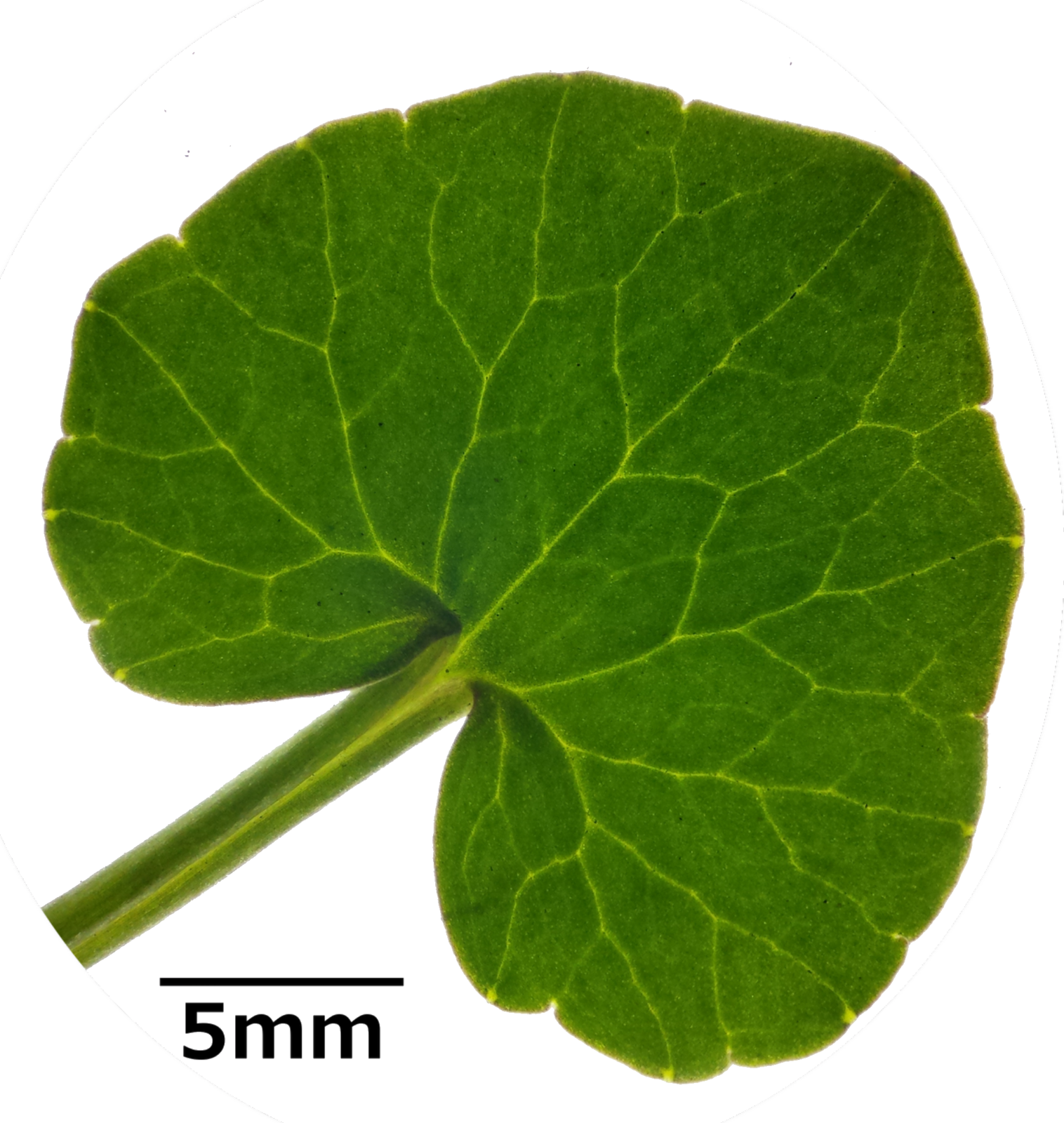
Lesser celandine leaf
This Is What Lesser Celandine Leaves Look Like

Lesser celandine leaf
The leaves have a slightly heart- to kidney-shaped form with a rich, dark green coloration. The leaf surface is hairless and shiny, while the underside of the leaf has a silvery sheen. The leaf edge is slightly serrated or notched and each leaf grows with a long stalk on the main stem.
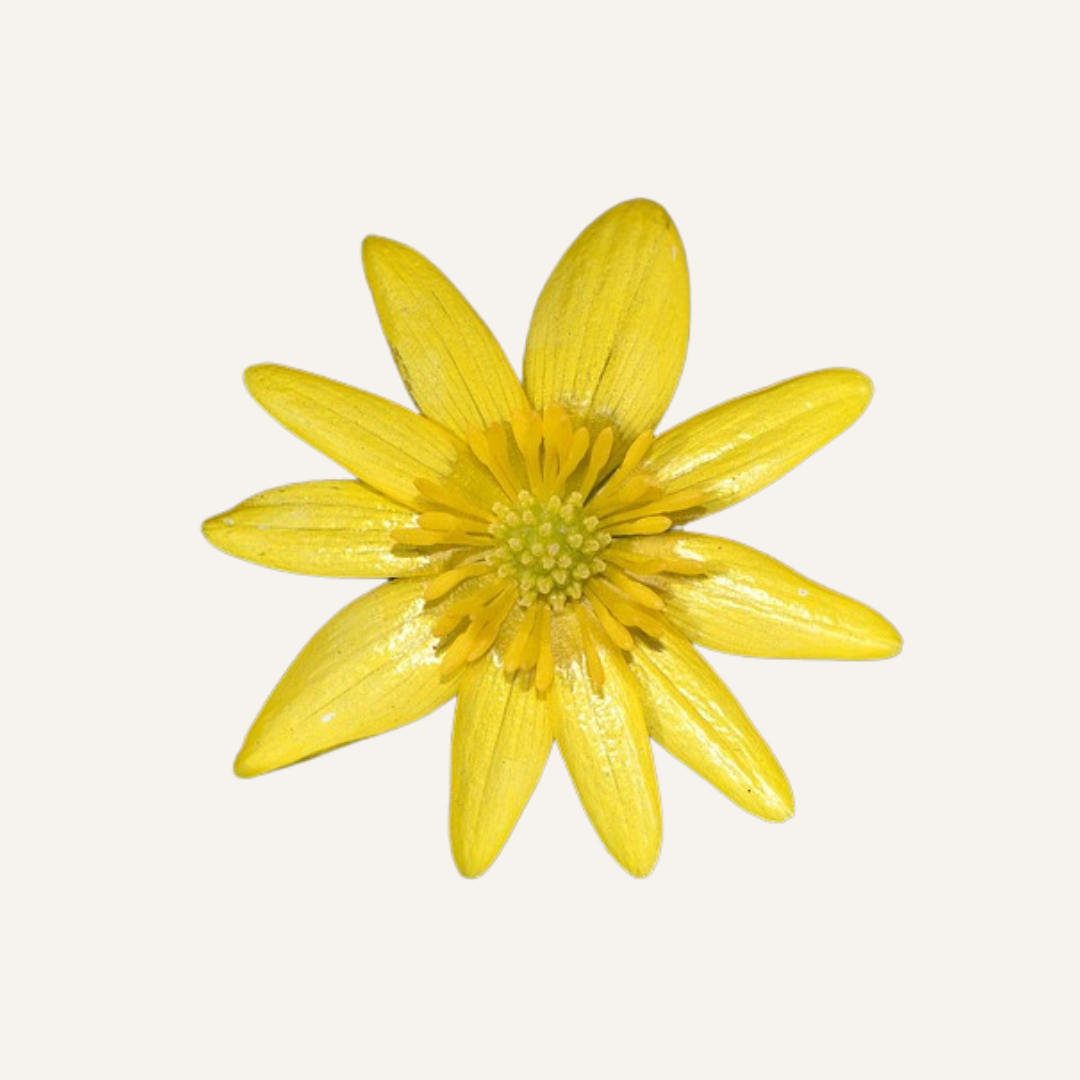
Lesser celandine flower
Flowering Time: What Flowers Look Like

Lesser celandine flower
As a typical early bloomer in European forest regions, the flowers are a feast for many insects and pollinators. In the center of the bright yellow flower are stamens that provide plenty of pollen. The flowering period extends from March to May. The flowers usually consist of eight to ten petals and are borne singly on the plant.
Collecting Lesser Celandine: Danger of Confusion
For an untrained eye, there is a risk of confusing lesser celandine with other buttercups. These contain much higher levels of toxins and are therefore not suitable for consumption! Make sure in advance that you are dealing with lesser celandine and remember how to recognize it.
Especially if you pay attention to the site conditions, there is little chance of confusing the herb. It sometimes happens that lesser celandine is confused with marsh marigold. However, the flowers of the marsh marigold usually only have 5 leaves. And the poisonous hare's-tail also has similar leaves, which can lead to confusion. The difference to the hare' s-tail marsh marigold is that the lesser celandine does NOT have a lateral curvature of the leaves and also NO twisted leaf incision.
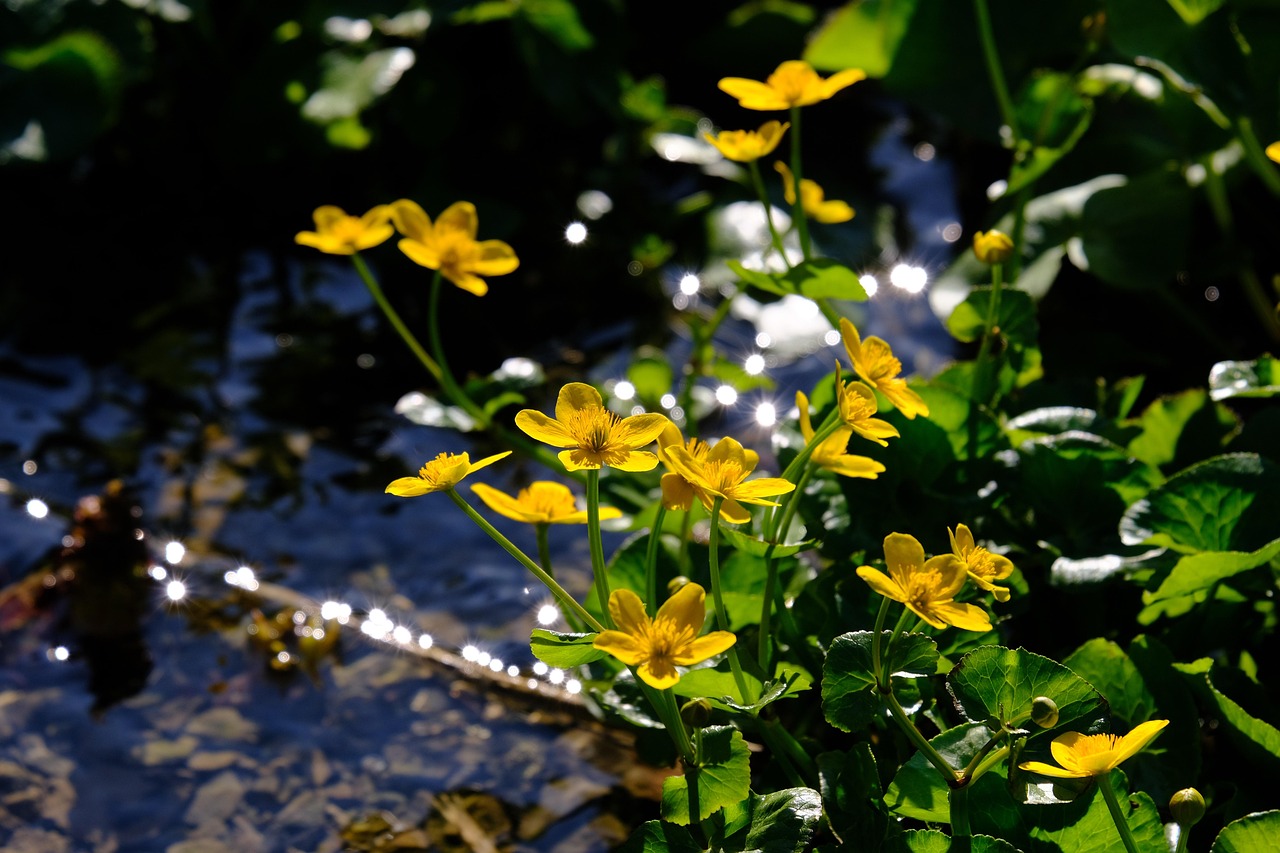
Lesser Celandine Control: Friend or Foe in the Garden?
Lesser celandine is a ground cover that spreads quickly. This is why some gardeners regard it as a troublesome weed. However, you don't need to worry if you find lesser celandine in your garden. As an early bloomer, it recedes by May/June at the latest and makes way for other plants. Lesser celandine flowers are also an important source of food for bees and other pollinators. As an early bloomer, lesser celandine also flowers at a time of year when the supply of flowering plants is still quite sparse. All the more reason to leave the herb in the garden as a spring flower!

Do You Want to Exchange Ideas?
Here you can exchange ideas with other gardeners and herb enthusiasts. Surely someone already has experience in collecting lesser celandine and can give you tips.
Click Here for the CommunityLesser Celandine as a Medicinal Plant: Use & Effect
Lesser celandine can be used internally and externally as a medicinal plant. In traditional medicine, lesser celandine has been used for various ailments: Genital warts, spring fatigue, hemorrhoids and vitamin C deficiency.
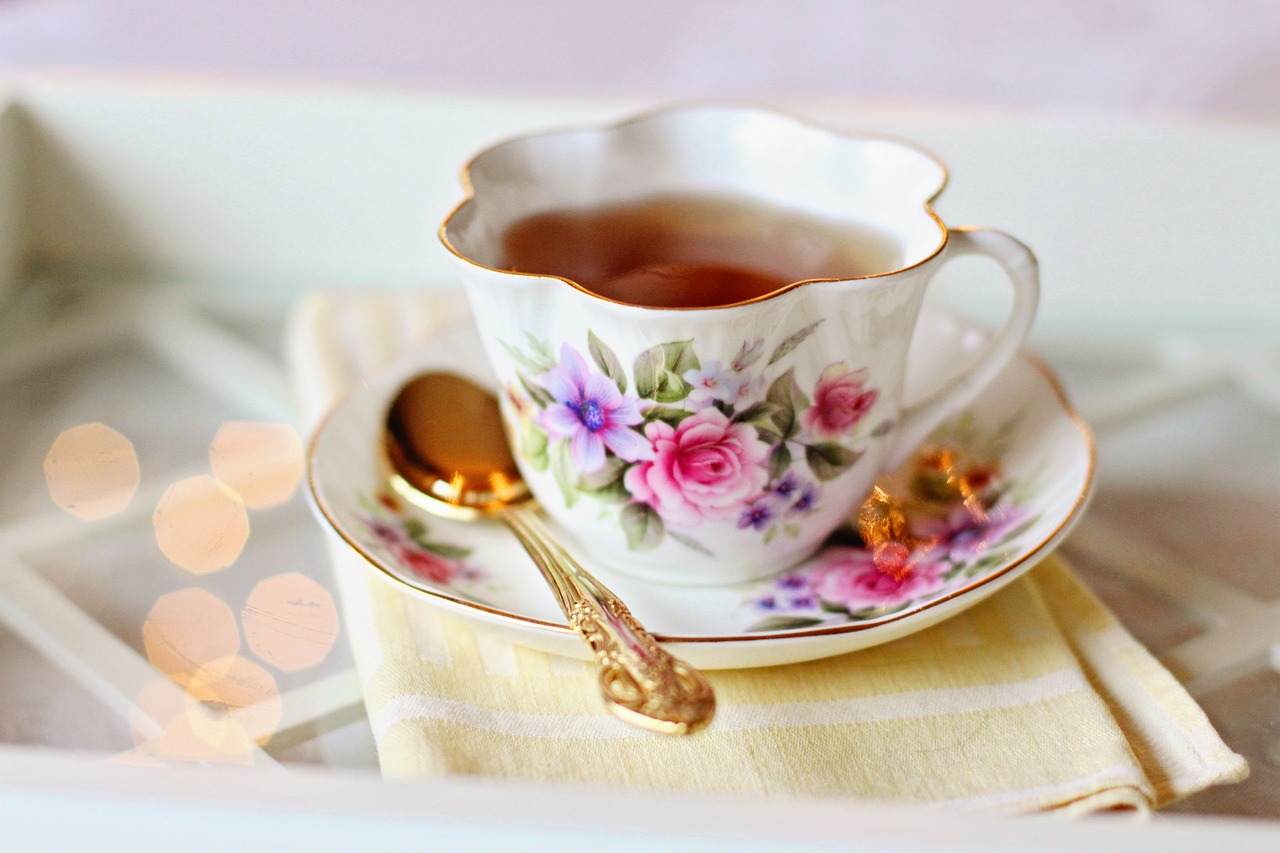
Internal Application
You can harvest the leaves fresh from the forest. Either use them fresh or dry the leaves for a longer shelf life. You can add the fresh leaves to salads, smoothies or soups. With their "tart, somewhat pungent taste", they enrich every meal. You can also prepare the leaves fresh or dried to make a tea.
Did You Know...?
Lesser celandine was once used as a medicinal plant to treat scurvy - a vitamin C deficiency disease that afflicted sailors on long voyages. The young leaves of lesser celandine are rich in vitamin C and help to combat deficiency symptoms. A real treasure that is often forgotten today.
The high vitamin C content strengthens the immune system and can improve the absorption of nutrients. Thanks to its bitter substances, the herb stimulates bile production and supports liver function. This not only helps with digestion, but also with detoxifying the body - a great helper in spring!
External Application
Lesser celandine is used externally on the skin. It contains saponins and flavonoids, which promote wound healing and support skin regeneration. They also have an anti-inflammatory effect - ideal for inflammation, eczema, dandruff or small wounds. Simply brew a tea, let it cool and use it to make a compress for the affected area.
If you have any questions or comments, please write to us at [email protected].
Would you like to receive helpful gardening tips all year round and plan your own beds optimally? Then register here or download the Fryd app for Android or iOS.
Fryd - your digital bed planner

Marie
Marie is an agronomist. She is particularly interested in the sustainable and organic cultivation of vegetables and other plants. In her own garden, she gained experience and likes to try things out to learn from nature. She is particularly interested in the values and principles of permaculture, in order to contribute not only to the well-being of nature, but also to the well-being of people and future generations.
Learn MoreCurrent Topics in the Community
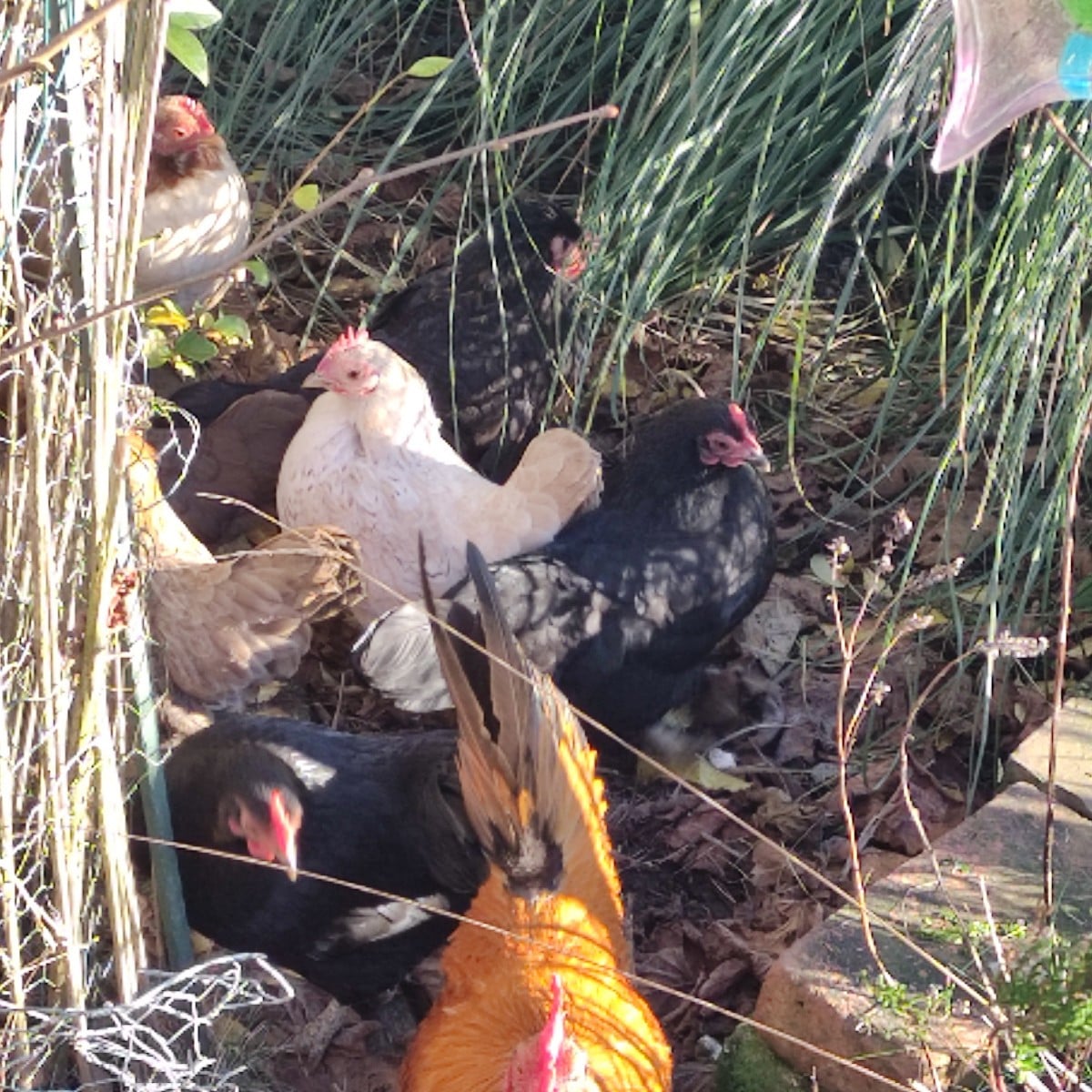
The chickens are not happy about the cold weather.
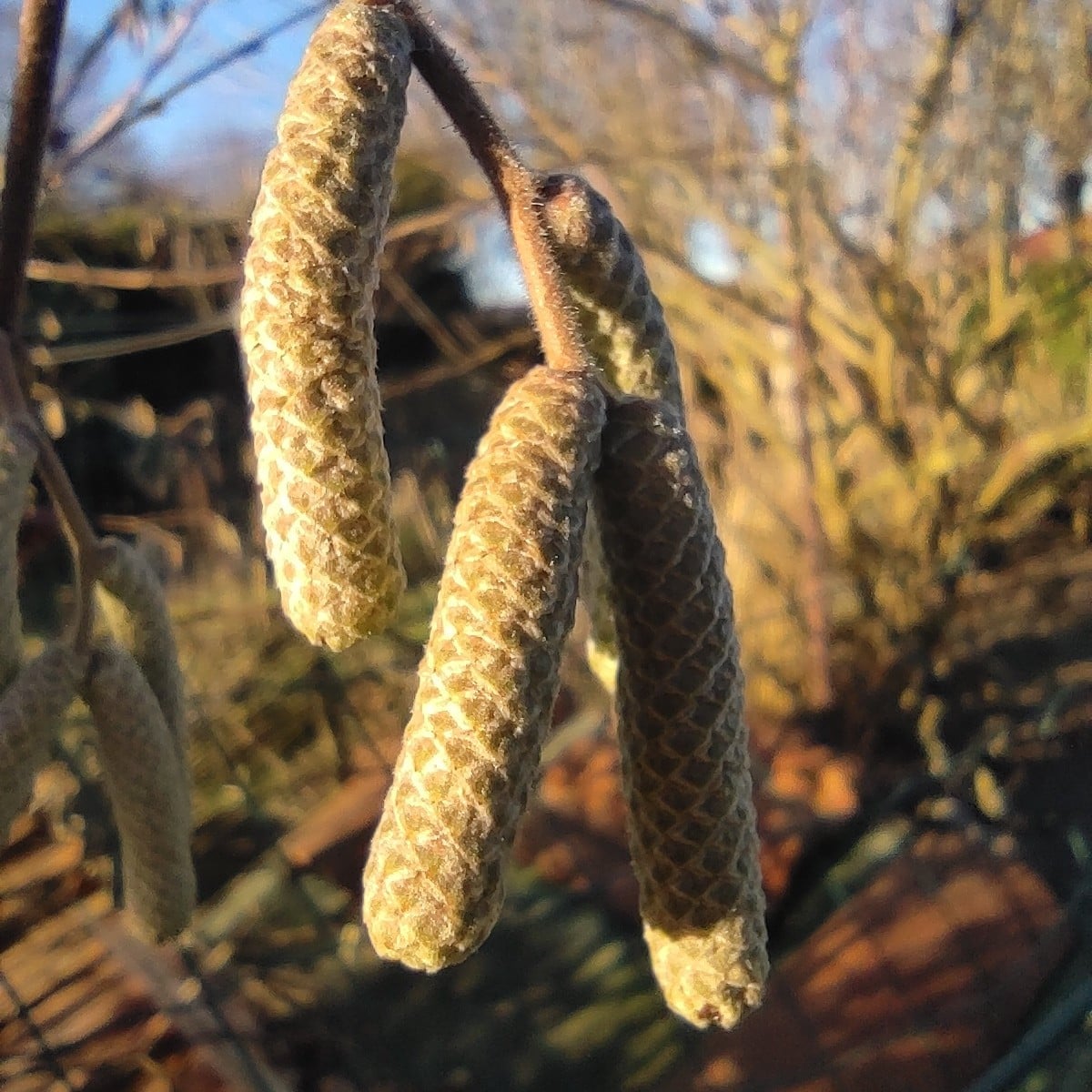
Without words
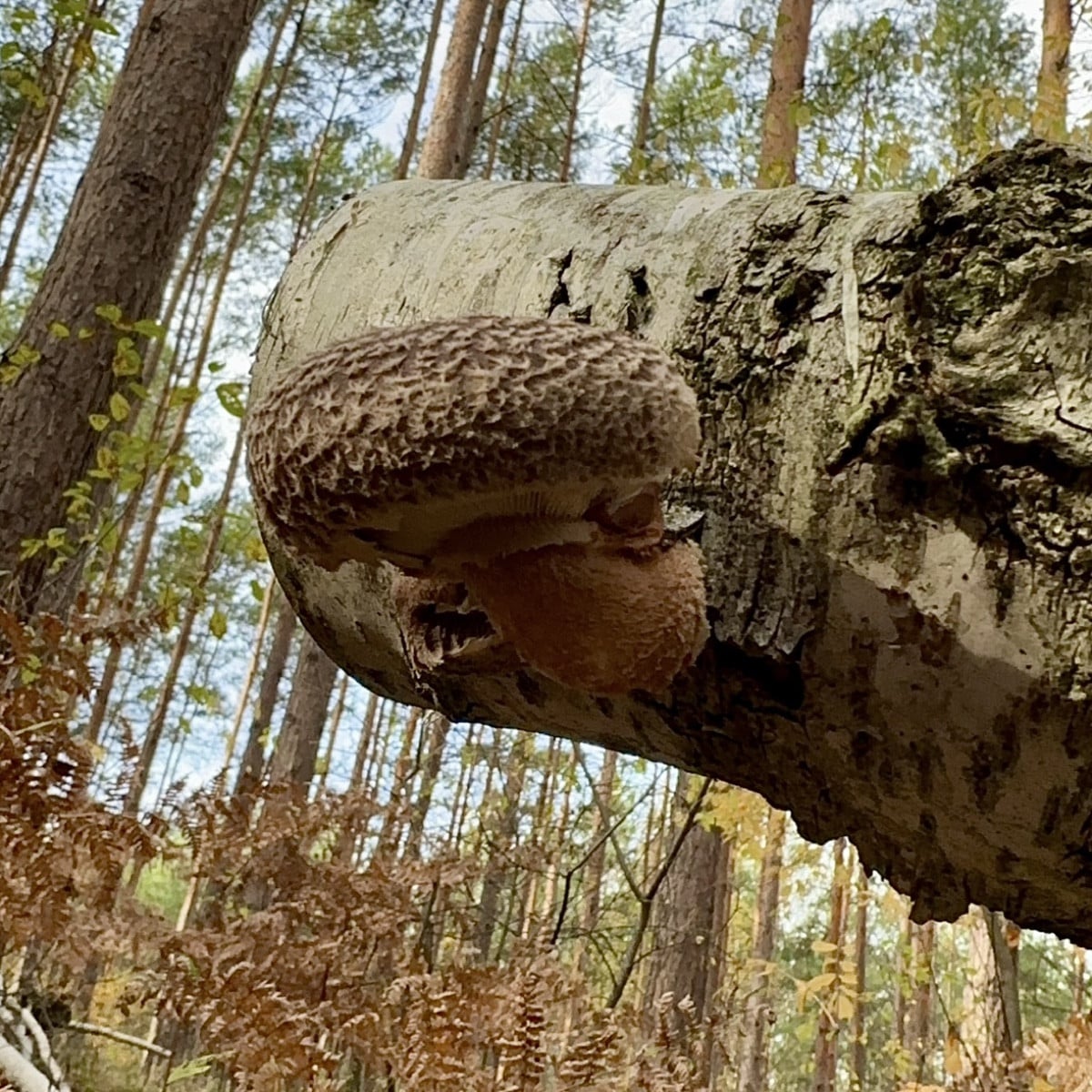
Liked 2 times
It may have actually worked with the shiitake smuggled into the fallen birch tree in our forest 🍄
Popular Articles
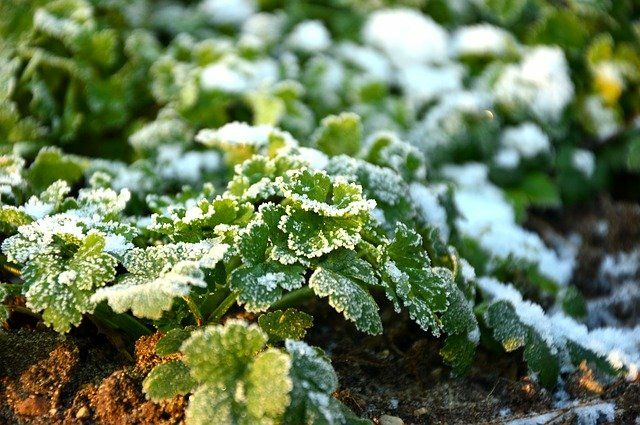
Overwintering Parsley: How to Do It Successfully
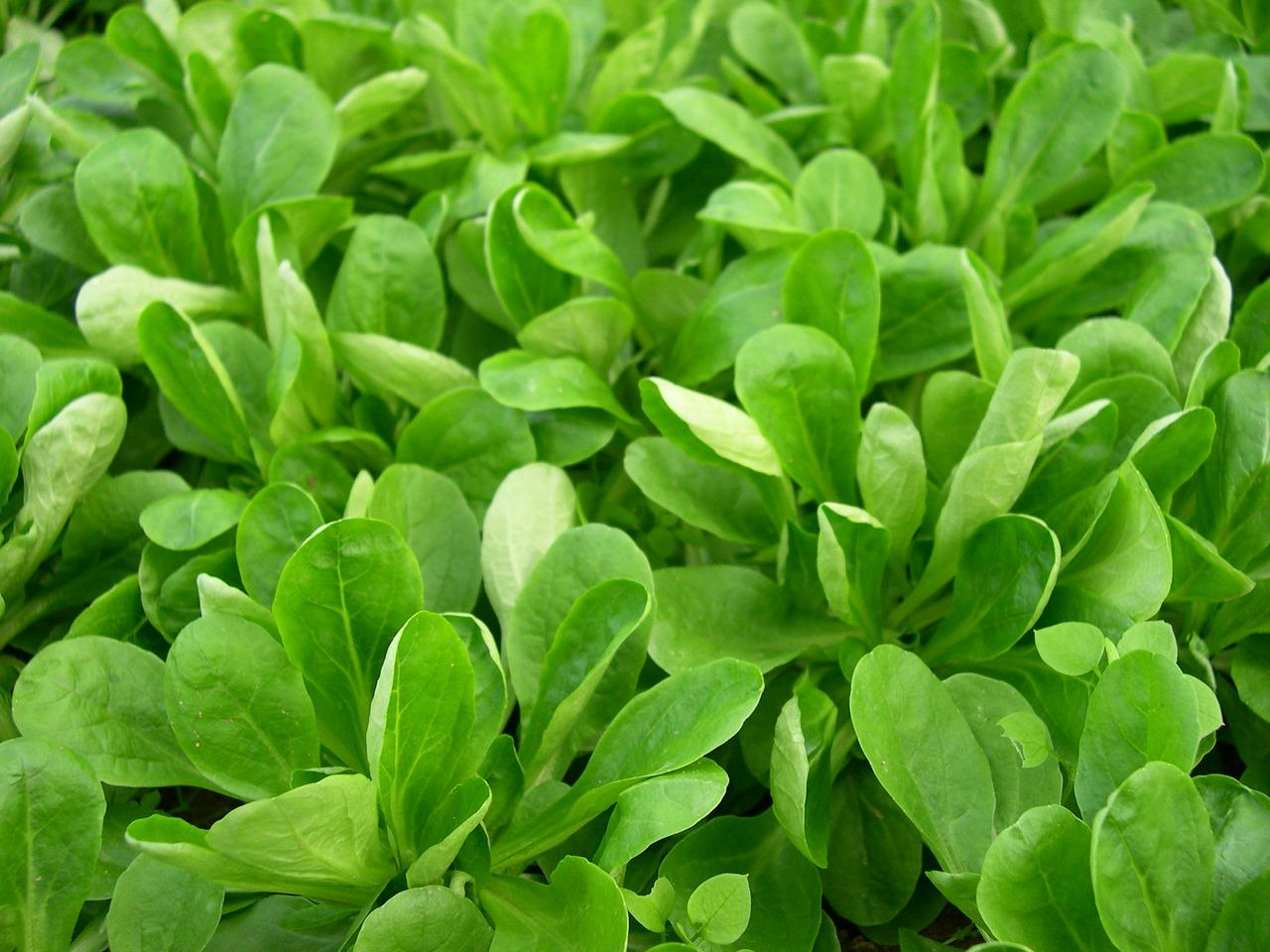
How to Grow Lettuce in Winter: Varieties, Sowing, Harvesting

Growing Sage Plant: Tips for Sowing and Harvesting
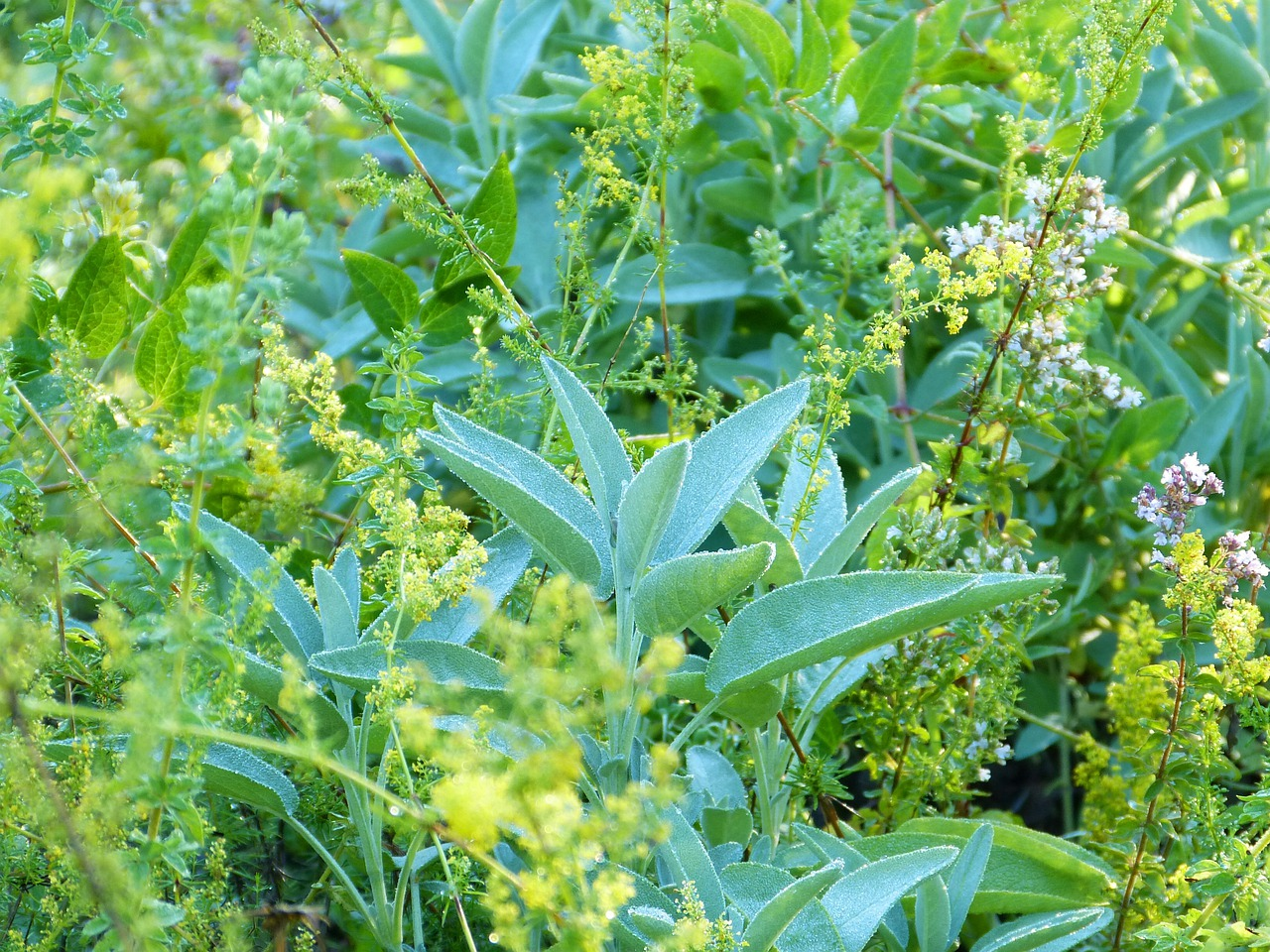
What Herbs Can Be Planted Together?
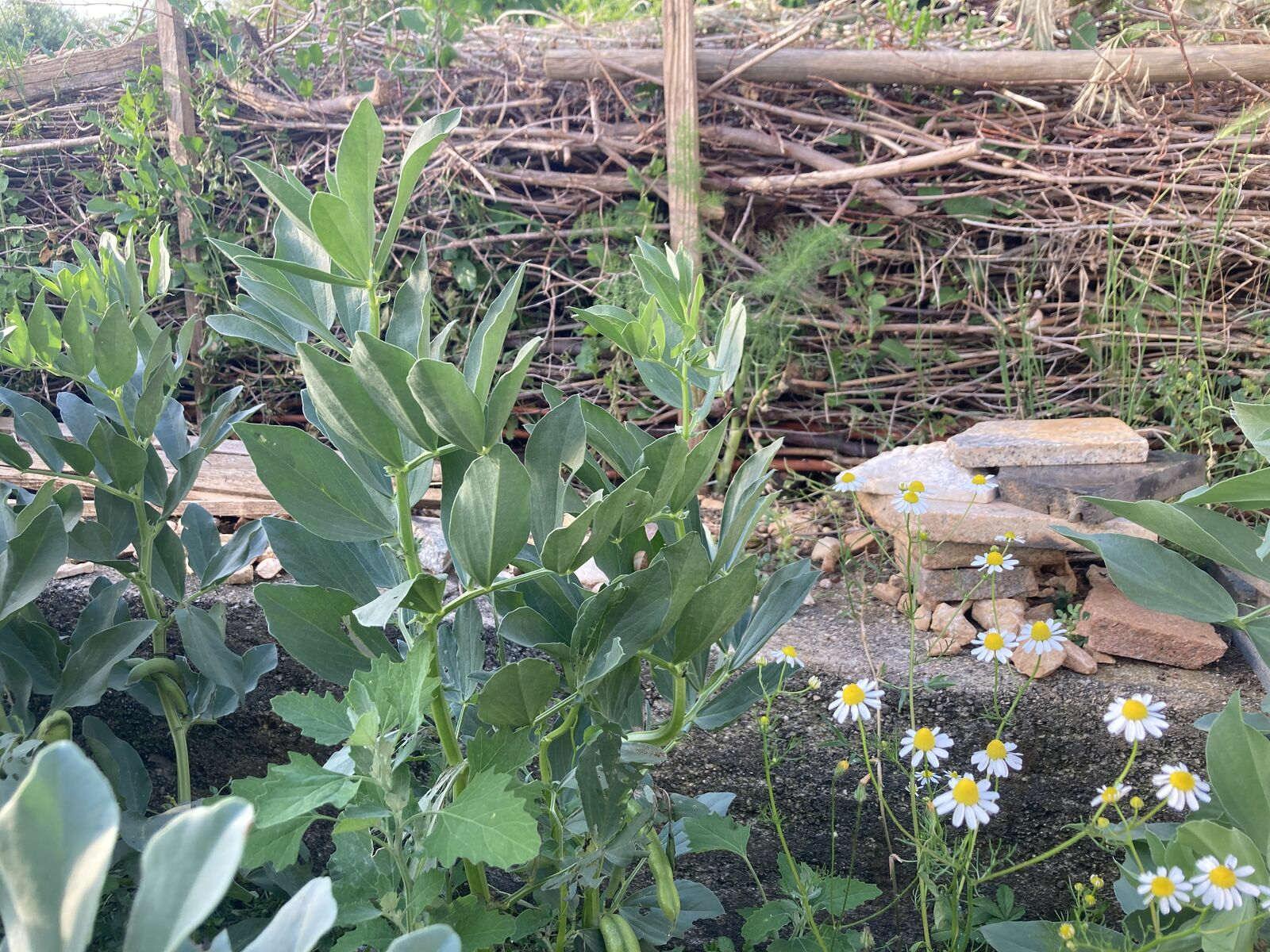
Create & Design a Permaculture Garden
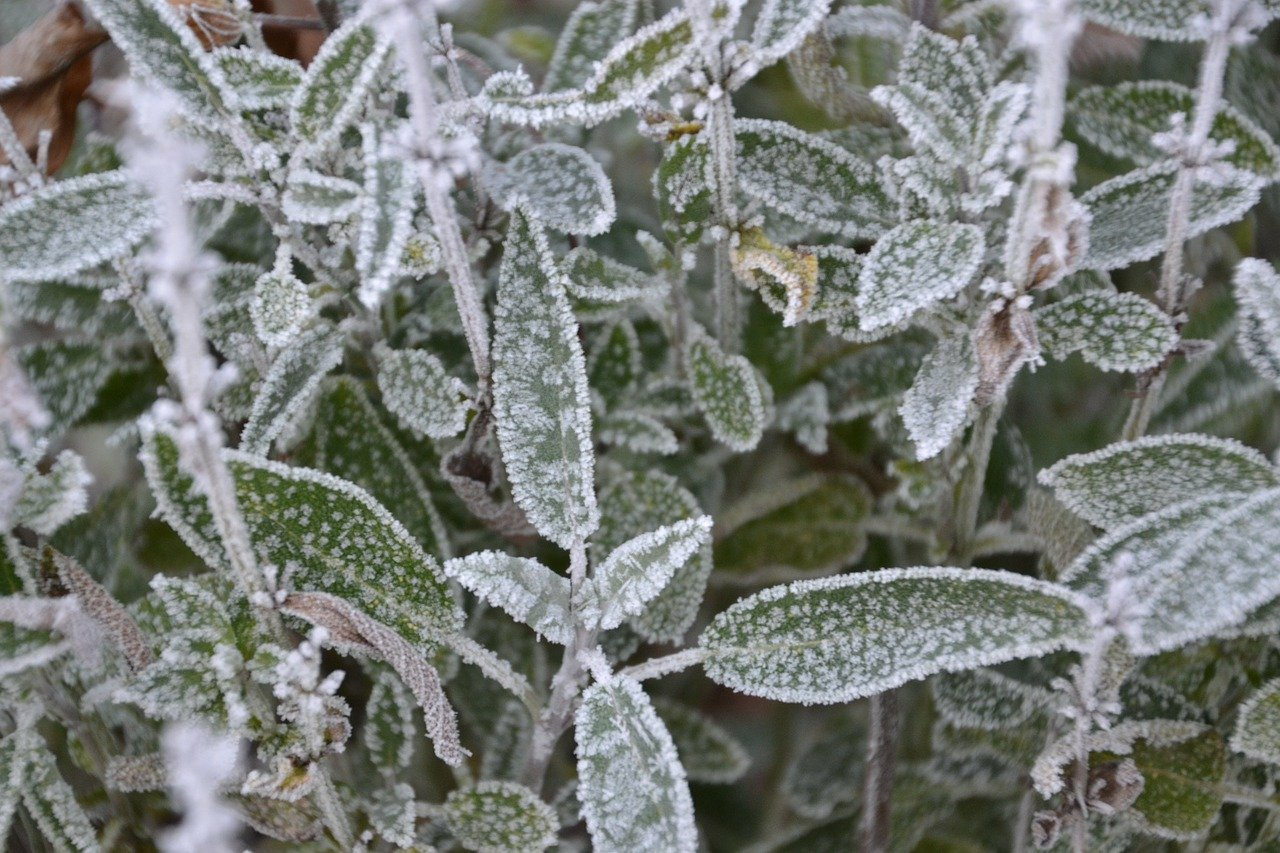
Overwintering Plants: Tubs, Pots and Raised Beds

Pruning, Fertilizing & Propagating Currants: Care Tips
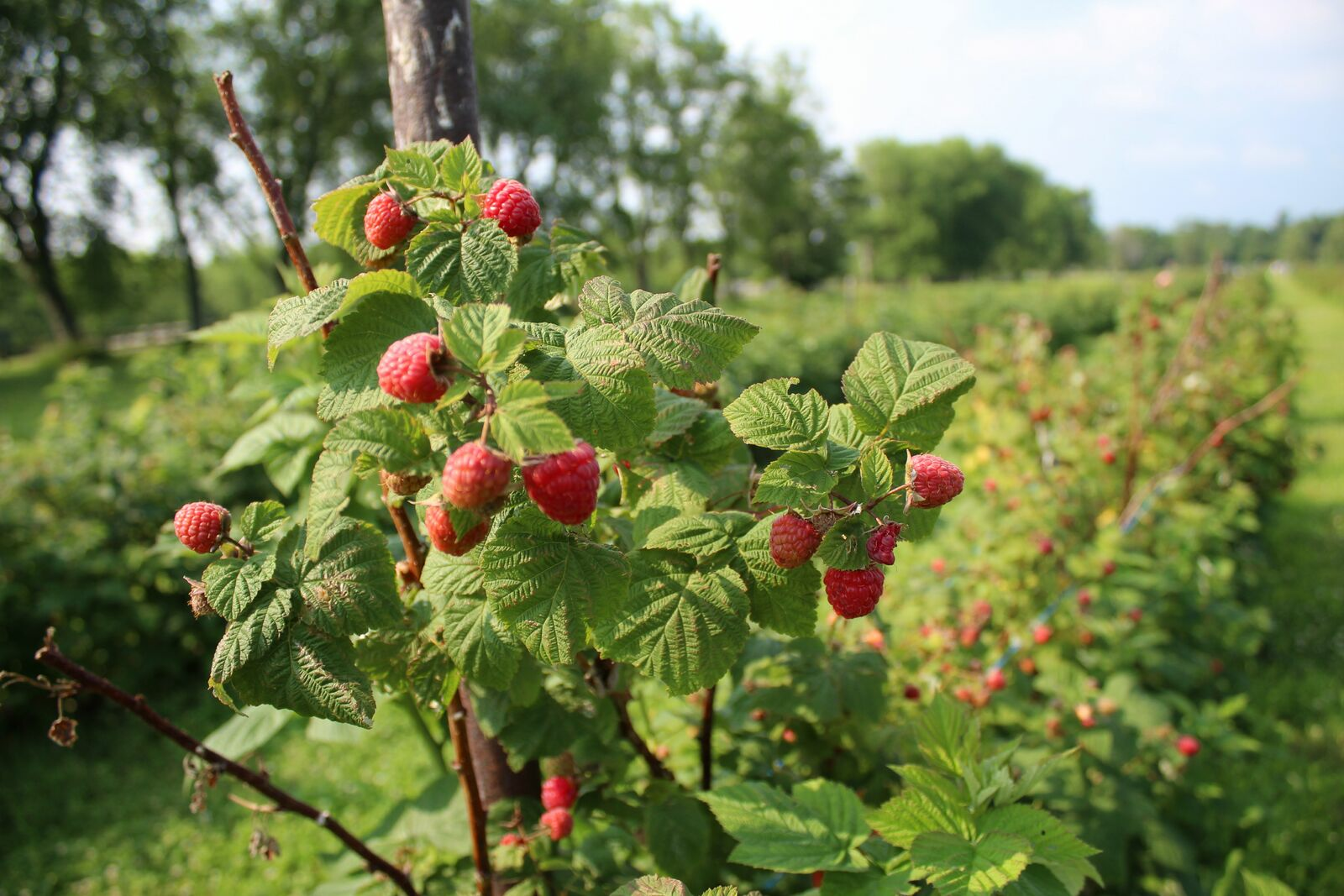
Pruning Raspberries: How to Do It
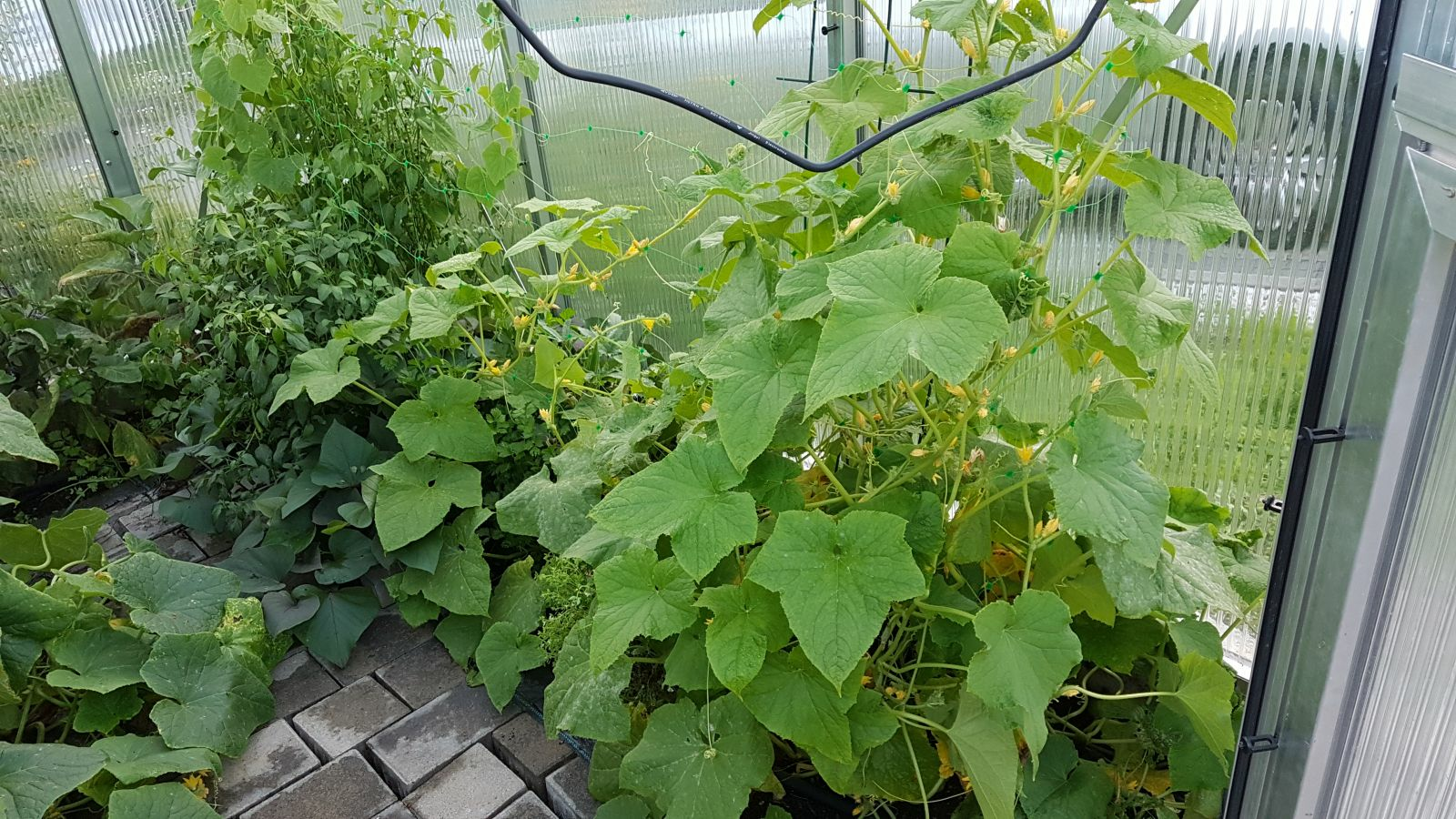
Vegetable Garden With Greenhouse: How to Use Greenhouse Effect
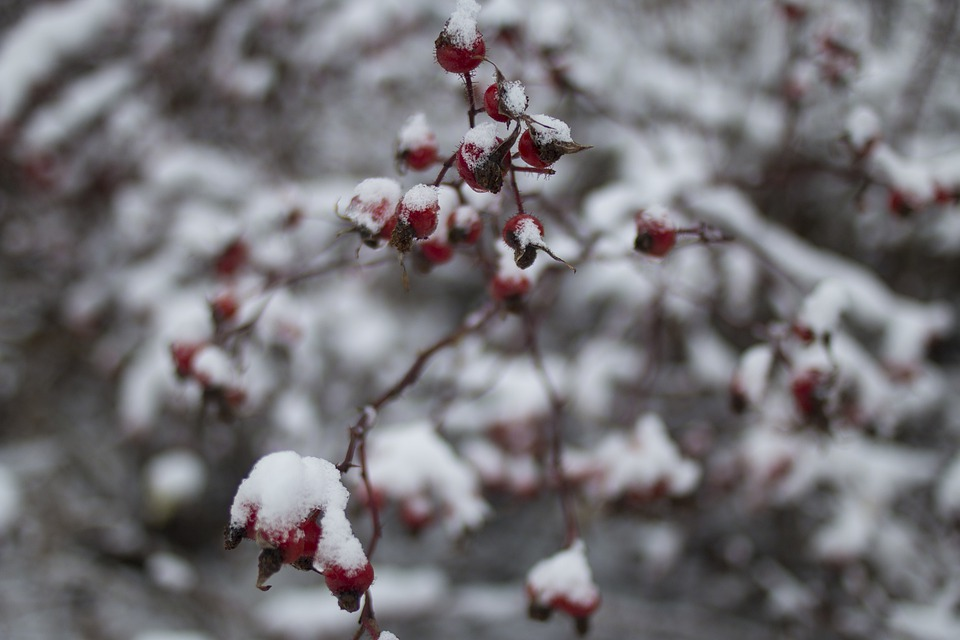
Winterizing Beds and the Garden: How to Do It
FAQ
Lesser celandine (Ficaria verna) is an early-flowering wild plant that is often found in gardens and woods. It belongs to the buttercup family.
Yes, the young leaves can be eaten raw or cooked before flowering as they are rich in vitamin C. After flowering, however, the plant becomes poisonous.
Is lesser celandine harmful in the garden?
It spreads quickly and can crowd out other plants. However, its dense growth protects the soil and provides food for insects. As it retreats by June at the latest, you can leave it standing.